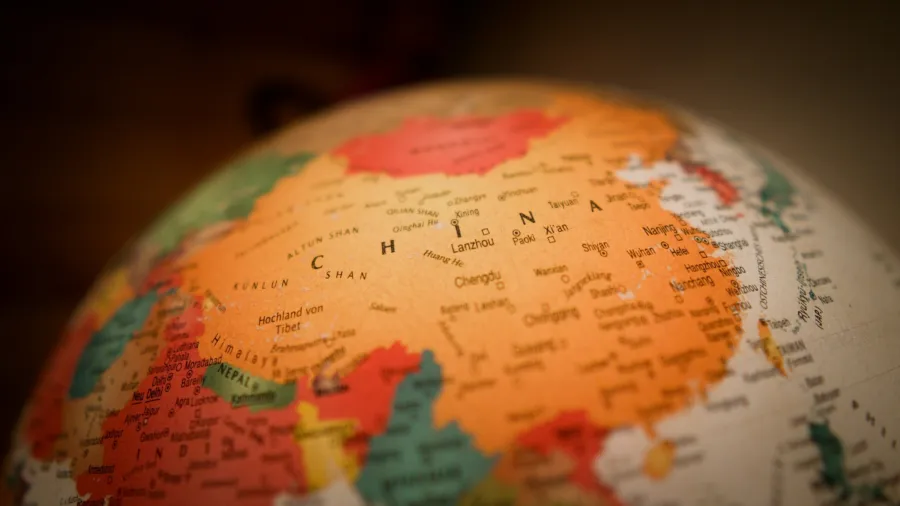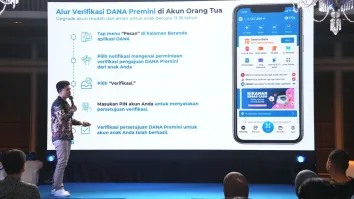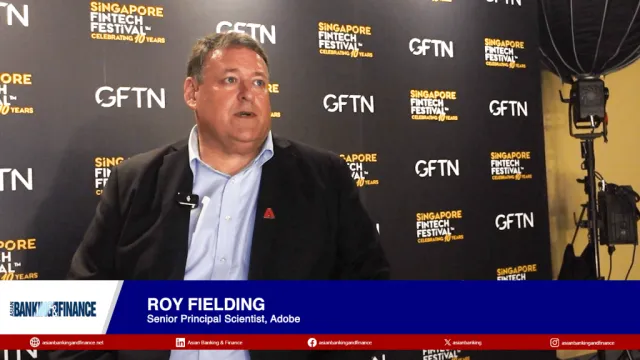
Chinese banks to weather trade-related strains: S&P
Regional banks in coastal provinces are likely to see greater pressure than megabanks.
Most banks in China are expected to be able to weather tariff-related strains, according to S&P Global Ratings.
For megabanks, the government's injection plan is expected to help increase their loss buffer and maintain our current assessment of their capitalization.
Regional banks in coastal provinces are likely to see greater pressure, S&P said.
“Most of our rated banks have a diverse portfolio across the country, which is a stabilizing factor,” it added.
In the ratings agency’s stress scenario, most pains are expected to come from inclusive micro and small enterprises, which have thin profit margins and limited financial flexibility to deal with drastic fluctuations of business flow, the ratings agency said.
S&P expects a 20 nonperforming asset (NPA) ratio for MSE loans.
Some pain could also come from trade finance, with S&P estimating a 5% NPA ratio for discounted bills lending.
This is reportedly high because default rates are typically negligible in this type of loan, as the counterparties for bills are usually financial institutions, it said.
S&P noted, however, that a large portion of discounted bills are generated from domestic trade, which is less affected by increased U.S. tariffs.



















 Advertise
Advertise







